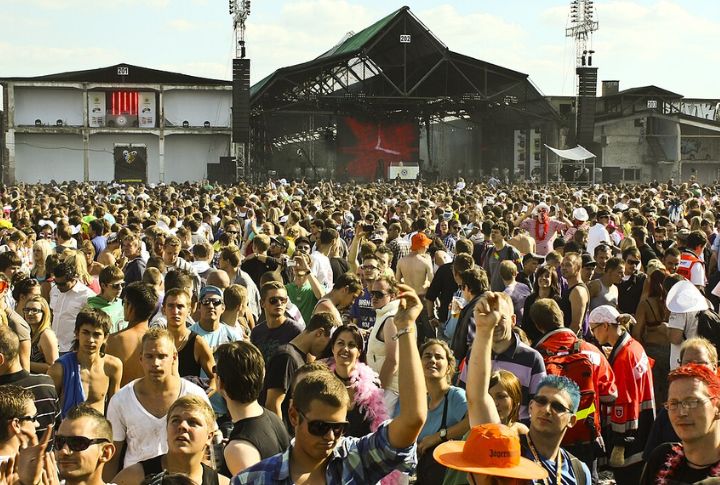
Everyone thinks they’d stay calm. But panic spreads through a crowd like static and is impossible to reverse. You don’t see the stampede coming. It just… happens. The stories behind them are deeply unsettling. Let’s break down 10 of the most devastating stampedes in history and what made them spiral out of control.
Mecca Hajj Stampede (2015)
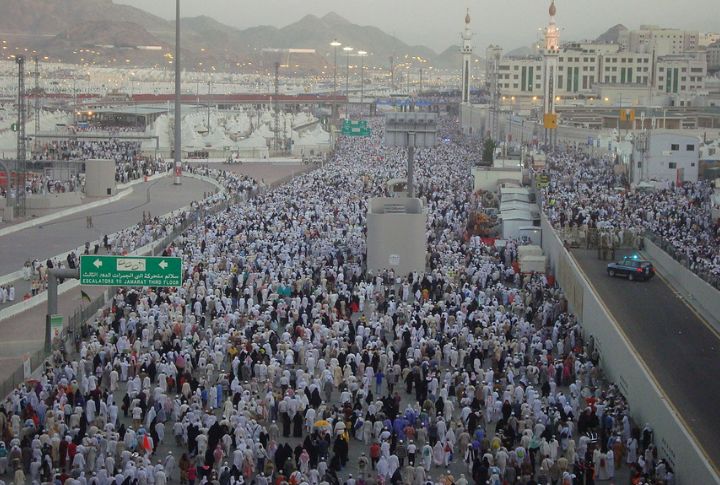
No gathering rivals the Hajj in scale or spiritual significance. However, in 2015, that sacred pilgrimage turned fatal. During the ritual at Mina, over 2,400 pilgrims died. Most were crushed at a deadly bottleneck where two massive crowds converged. The unforgiving desert heat only added to the panic.
Kumbh Mela Stampede (2013)
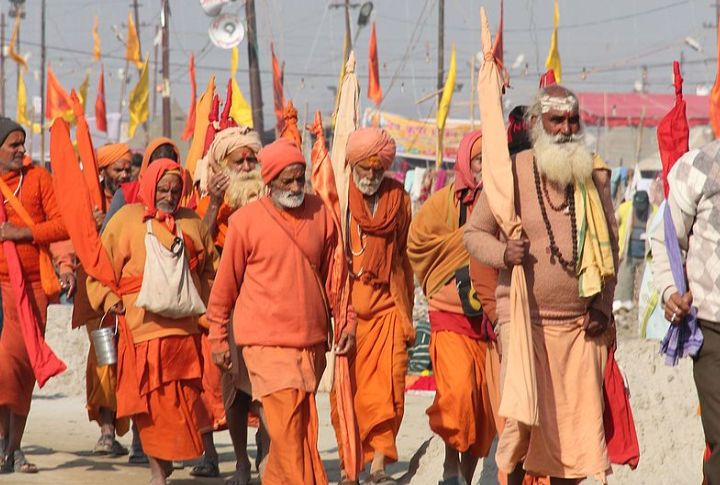
What happens when millions move at once? At the Kumbh Mela in Allahabad, an age-old festival collided with modern logistics and failed. Overcrowding at a railway station after a major bathing day led to a sudden stampede that left at least 36 dead. Delays in emergency response compounded the chaos.
Phnom Penh Water Festival Stampede (2010)
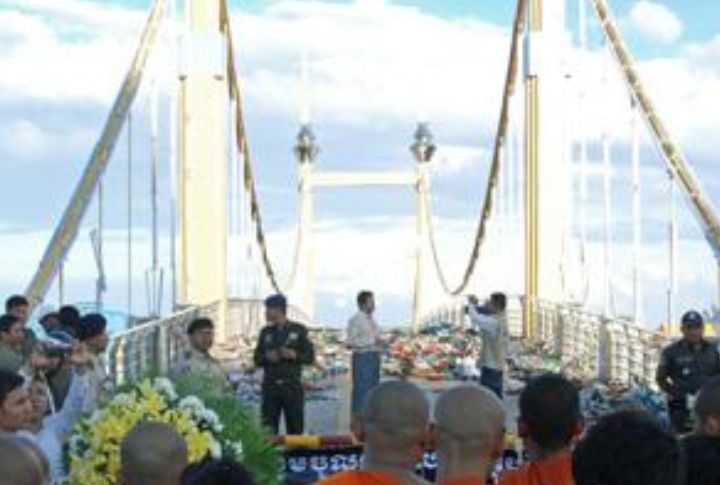
A night of joy turned into horror on Cambodia’s Diamond Island bridge. During the Bon Om Touk festival, thousands celebrated under the lights until panic set in. Fears that the bridge might collapse caused a surge. Trapped bodies fell or were crushed as over 350 died, many even unfortunately drowning below.
Ellis Park Stadium Disaster (2001)

In Johannesburg, a fierce derby match between two football rivals packed Ellis Park Stadium past its limits. As fans surged inward, barriers became deadly traps. Forty-three people were crushed while the match, shockingly, continued for several minutes. Despite previous warnings about capacity issues, safety was left behind.
Dasharath Stadium Disaster (1988)
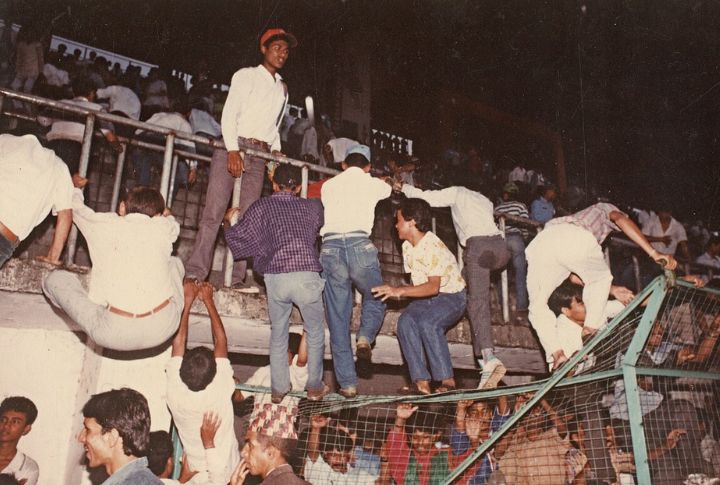
A hailstorm hit Dasharath Stadium during a football match in Kathmandu, sending thousands rushing for cover. However, the stadium’s exits were locked. Ninety-three died, and it remains one of Nepal’s darkest sporting days; not because of the weather, but because people had nowhere to go.
Chennai Flood Relief Stampede (2005)
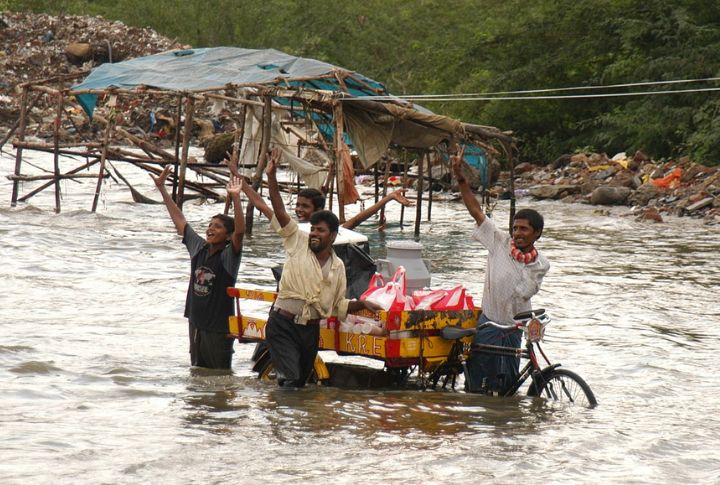
Devastation doesn’t always end with the storm. In southern India, flood victims gathered at a school where aid was being handed out. The need was urgent, yet the crowd management wasn’t there. A surge for food and supplies led to a stampede that took the lives of at least 42.
Hillsborough Disaster (1989)
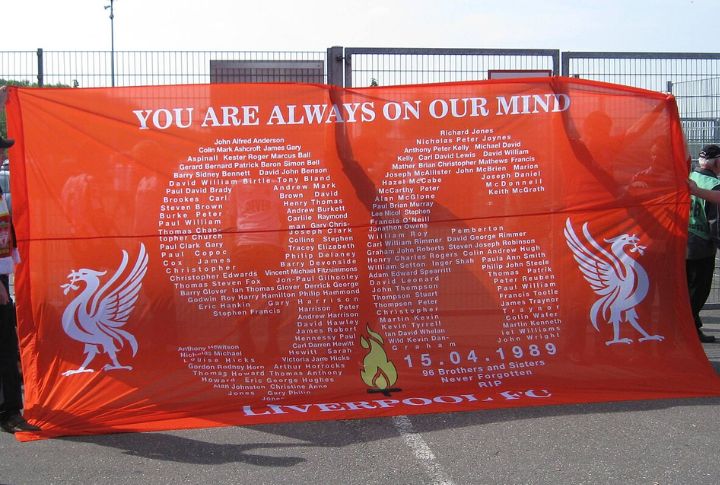
Fans came for football. Ninety-seven never went home. At Hillsborough Stadium in Sheffield, the crowd at an FA Cup semi-final spiraled fatally. Victims were trapped against barriers with nowhere to move. At first, blame was placed on fans. Years later, the truth emerged: police mismanagement caused the disaster.
Prayag Kumbh Mela Stampede (1954)
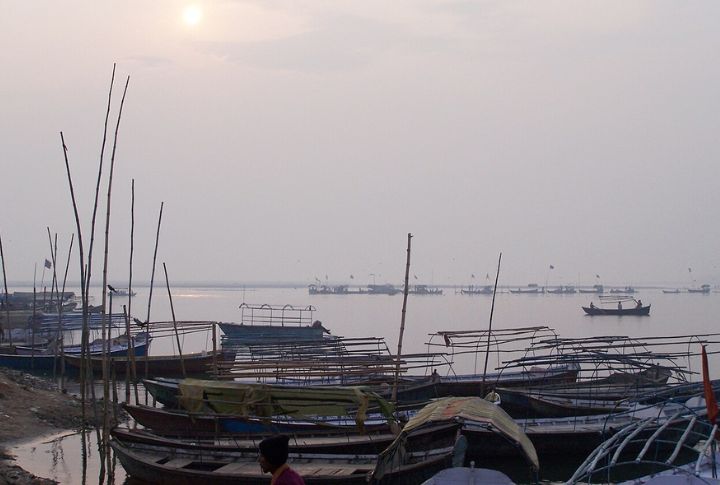
In the holy city of Prayagraj, a sea of pilgrims had gathered for the sacred Kumbh Mela. But crowd control was nearly nonexistent. When the masses surged near the bathing ghats, panic spread. Estimates suggest between 316 and 800 died, which makes it one of the deadliest peacetime stampedes in Indian history.
Love Parade Disaster (2010)
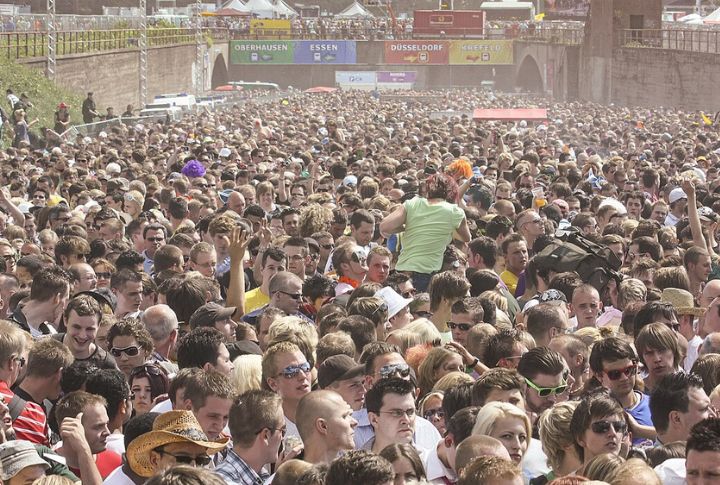
The Love Parade, once Europe’s iconic dance music festival, drew huge crowds. Sadly, a tunnel entrance became a trap. With no escape route and pressure mounting, 21 died and over 500 were injured. Poor crowd control was blamed, and the event was never held again.
Shanghai New Year’s Eve Stampede (2014)
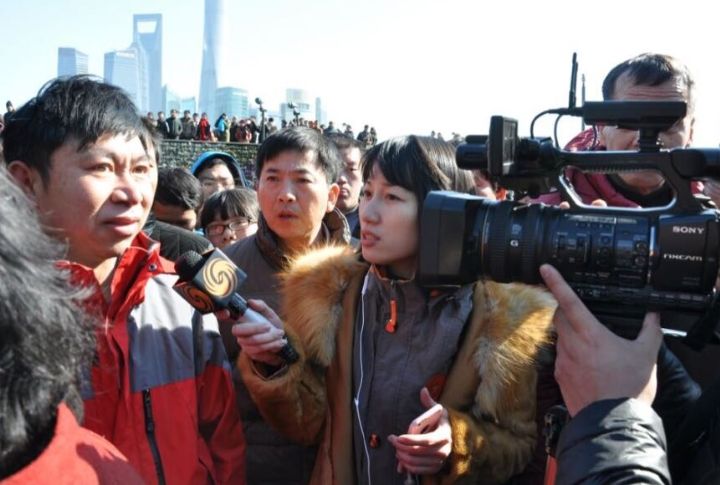
Celebrations at the Bund, Shanghai’s scenic riverfront, drew a festive crowd. Still, as midnight neared, something triggered panic on the steps near a viewing platform. In the crush, 36 were killed, most of them students. The tragedy led to the immediate banning of future large-scale events at the historic site.

